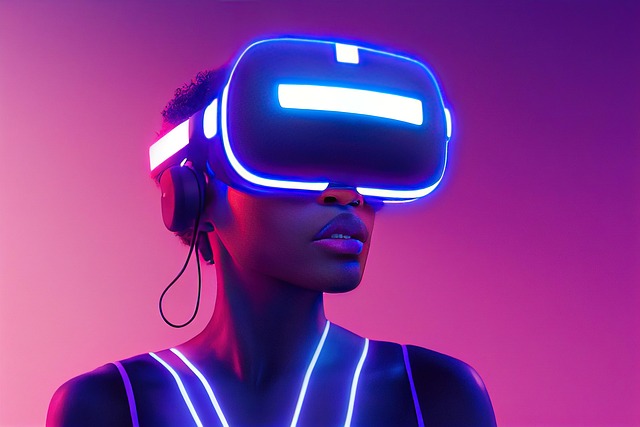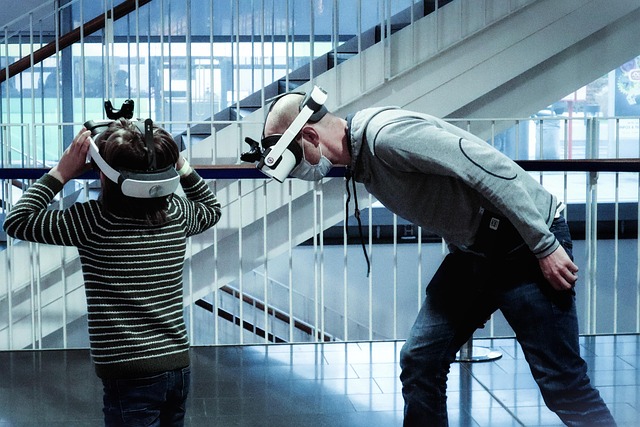Diving into the Future: Exploring the Impact of Immersive Technology on Virtual Reality, Augmented Reality, and Metaverse in Software Development
The digital realm is evolving at a pace quicker than we can imagine, and at the heart of this transformation lies immersive technology. This groundbreaking technology is reshaping our software development landscape, introducing experiences that merge the virtual with the tangible. With applications in Virtual Reality (VR), Augmented Reality (AR), and the burgeoning Metaverse, developers are positioned at the cutting edge of innovation.
Virtual Reality serves as a gateway to new worlds, allowing users to step away from their physical surroundings and immerse themselves in entirely digitized environments. Imagine donning a VR headset and finding yourself in a realistic simulation where you can interact with objects and people as if they were present in the room. Software developers are now tasked with creating richer narratives and more interactive experiences that can truly engage users. This narrative-driven approach not only enhances user experience but also leads to broader applications, from gaming and training to healthcare and education.
On the other hand, Augmented Reality brings a layer of digital information to our physical world. Picture pointing your smartphone at a landmark and seeing historical data or pop-up graphics illuminating your surroundings. The beauty of AR lies in its accessibility and functionality; it merges the seen with the unseen, allowing software developers to craft applications that resonate with daily life. From retail apps that let customers visualize products in their homes to educational tools that animate textbooks, immersive technology in AR paves the way for endless possibilities.
The Metaverse stands as the next frontier in this realm of immersive technology. A collective virtual space that intertwines physical and digital realities, the Metaverse promises an interconnected universe where socializing, work, and commerce blend seamlessly. Developers are now challenged to create not only engaging content but also robust infrastructures that support interactions across various platforms and devices. The implications for software development are profound; developers must think beyond traditional paradigms and consider aspects like digital identity, virtual economies, and community dynamics.
Embarking on the journey of creating with immersive technology requires a mindset shift. It challenges developers to embrace creativity alongside technical expertise, cultivating experiences that captivate and resonate with users on a deeper level. The shift to immersive technology isn’t merely about new tools or frameworks; it’s about fostering a culture of innovation, collaboration, and inclusivity in the development community.
As we dive into this transformative era, it is essential to remain mindful of the societal implications of immersive technology. With advancements comes responsibility; creators must consider issues surrounding privacy, digital ethics, and access. By steering the development narrative with a focus on inclusion and responsibility, we can shape a future that not only innovates but does so ethically and responsibly.
The exploration of immersive technology, particularly in the realms of Virtual Reality, Augmented Reality, and the Metaverse, represents an exhilarating chapter in the story of software development. It invites us not just to adapt but to expand our understanding of technology’s role in our lives, encouraging us to envision a future where virtual and real coexist harmoniously. The challenges may be substantial, but so too are the opportunities that lie ahead for developers willing to embrace this exhilarating paradigm shift.




